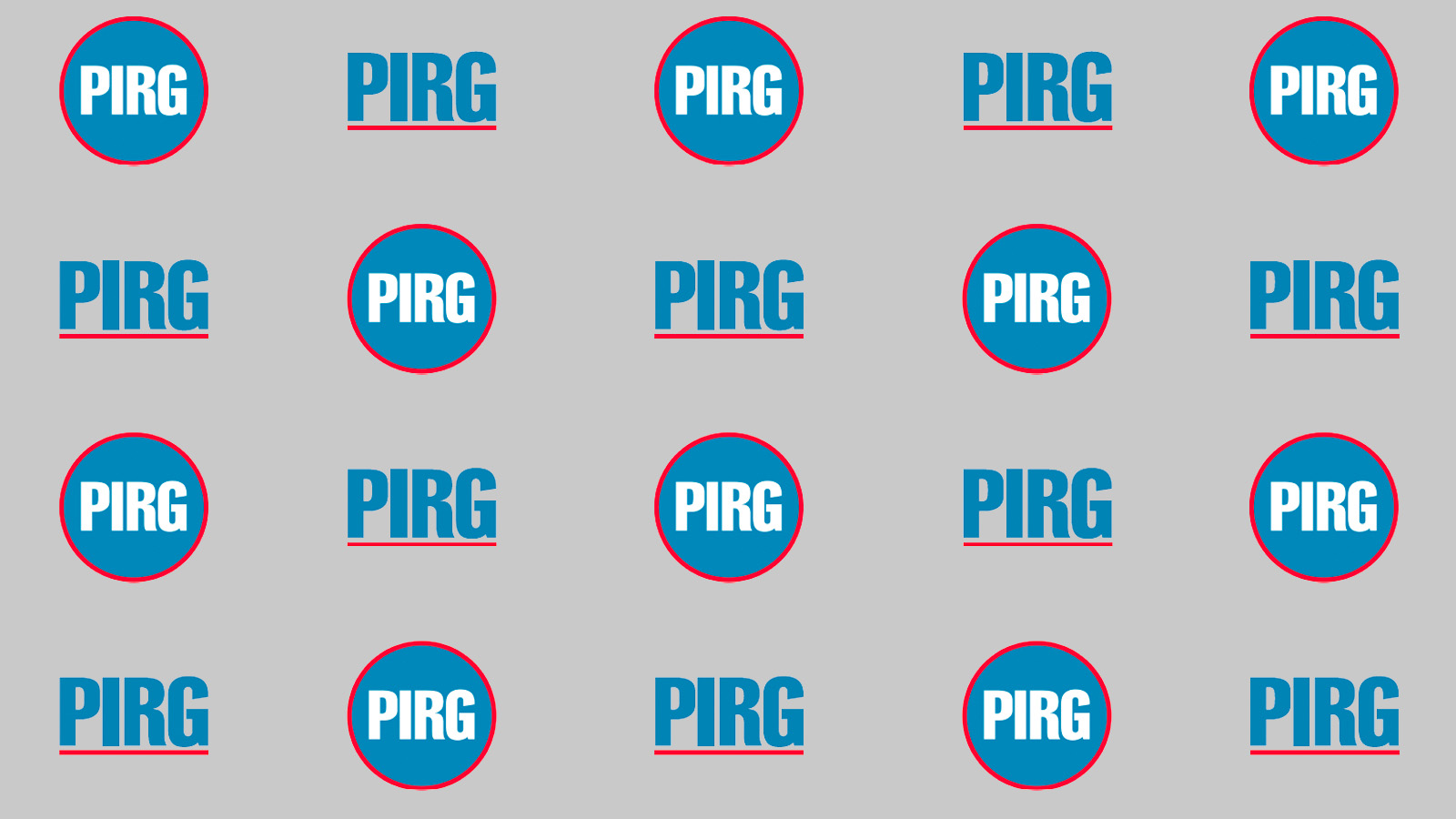Testimony: Voting by Mail – Study
We support SB408/HB426 to study the requirements necessary to implement a vote by mail system in Maryland. Throughout the nation, vote by mail has increased voter turnout and reduced costs. A study on vote by mail can determine how Maryland can achieve these benefits, apply best practices from other states while ensuring we adapt the policy to meet the unique challenges and needs of the Maryland voting population.
SB408/HB426: Department of Legislative Services – Voting by Mail – Study
POSITION: FAVORABLE
Maryland PIRG is a state based, non-partisan, citizen funded public interest advocacy organization with grassroots members across the state and a student funded, student directed chapter at the University of Maryland College Park.
We support SB408/HB426 to study the requirements necessary to implement a vote by mail system in Maryland. Throughout the nation, vote by mail has increased voter turnout and reduced costs. A study on vote by mail can determine how Maryland can achieve these benefits, apply best practices from other states while ensuring we adapt the policy to meet the unique challenges and needs of the Maryland voting population.
We hope the study group will actively solicit input from the public through a public hearing or public comment and engage good government groups in the process formally and informally as a means to build strong civic engagement and investment in the process and to ensure the program design meets Maryland’s needs. We think the bill could be strengthened to clearly lay out a plan for this engagement.
Background
According to the National Conference of State Legislatures, “At least 21 states have provisions allowing certain elections to be conducted entirely by mail. For these elections, all registered voters receive a ballot in the mail. The voter marks the ballot, puts it in a secrecy envelope or sleeve and then into a separate mailing envelope, signs an affidavit on the exterior of the mailing envelope, and returns the package via mail or by dropping it off.”
States have different practices when it comes to vote by mail. Four states–Oregon, Washington, Colorado, and Hawaii–hold all of their elections by mail. Some states, such as California and Utah, allow counties to opt-in to vote by mail. Other states allow certain elections or jurisdiction to vote by mail.
Vote by Mail in Maryland
Vote by mail can work in Maryland. Rockville implemented a vote-by-mail program in 2018, and saw turnout increase from 6,468 in 2014 to over 7,800. However, expanding the system from one city to the entire state will require answers to important questions. States such as Oregon start by providing all-mail elections in certain circumstances, and then gradually expand their program. A study will ensure that Maryland can adopt the best practices used by counties and states throughout the country and use this information to create a policy that best fits the needs of Marylanders.
Maryland PIRG has a 45-year track record of helping students register and vote. College students, and young people generally, face a couple unique challenges we should ensure we address with the study: how to use vote-by-mail for populations who move frequently, and for those who may have complicated access to mail because of P.O. Boxes on college campuses, or apartment living. It’s important to ensure these populations get their ballot and have options for dropping off ballots in addition to mailing them in.
Many states have implemented solutions to these types of challenges. For example, California has a website where voters can register and get e-mail, text, or phone call updates about the status of their ballot. Alternatively, Colorado mails all registered votes a ballot, but voters can choose to cast a ballot at an in-person vote center during the early voting period or on Election Day. Determining the correct approach for Maryland will maximize the effectiveness of a vote by mail program.
Successes of Vote by Mail
Voting by mail empirically has reduced costs and increased voter turnout:
- When Colorado adopted a vote-by-mail system in 2013, average costs dropped from $16/ballot in 2008 to $9.56/ballot in 2014.
- A study on Washington showed that implementing a vote-by-mail system increased voter participation rates by two to four percentage points, and the system increased turnout more for lower-participating voters.[1]
- Twenty-one counties in Utah adopted vote-by-mail, and a study found this system increased turnout by five to seven percentage points. Lower-participating voters showed the greatest increase in turnout.[2]
Thanks to this committee, Maryland has become a national leader in voting modernization with the introduction of same-day voter registration and automatic voter registration. The next step in this process is a vote by mail system. We request a favorable report.
[1] Gerber, Alan S., Gregory A. Huber, and Seth J. Hill, “Identifying the Effect of All-Mail Elections on Turnout: Staggered Reform in the Evergreen State,” June 2013, Political Science Research and Methods, 1(1), 91-116.
[2] Showalter, Amelia, “Utah 2016: Evidence for the positive turnout effects of “Vote At Home” (also known as Vote By Mail) in participating counties,” 03 May 2018, Pantheon Analytics.
Topics
Authors
Rishi Shah
Find Out More

Fair Elections in Maryland Counties

Our 2023 Legislative Agenda and Priorities

Testimony: Local Public Campaign Financing – Expansion to Additional Offices

